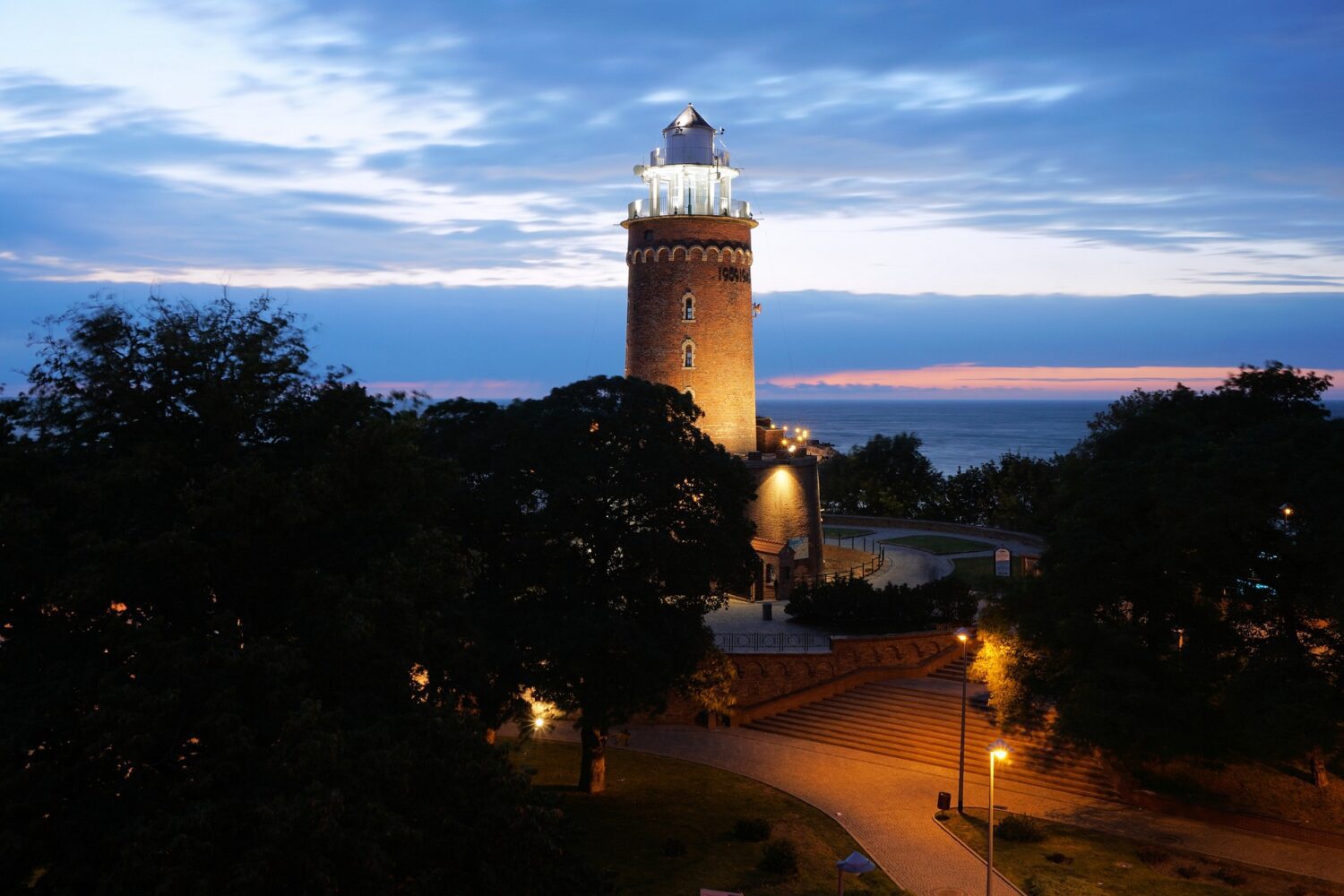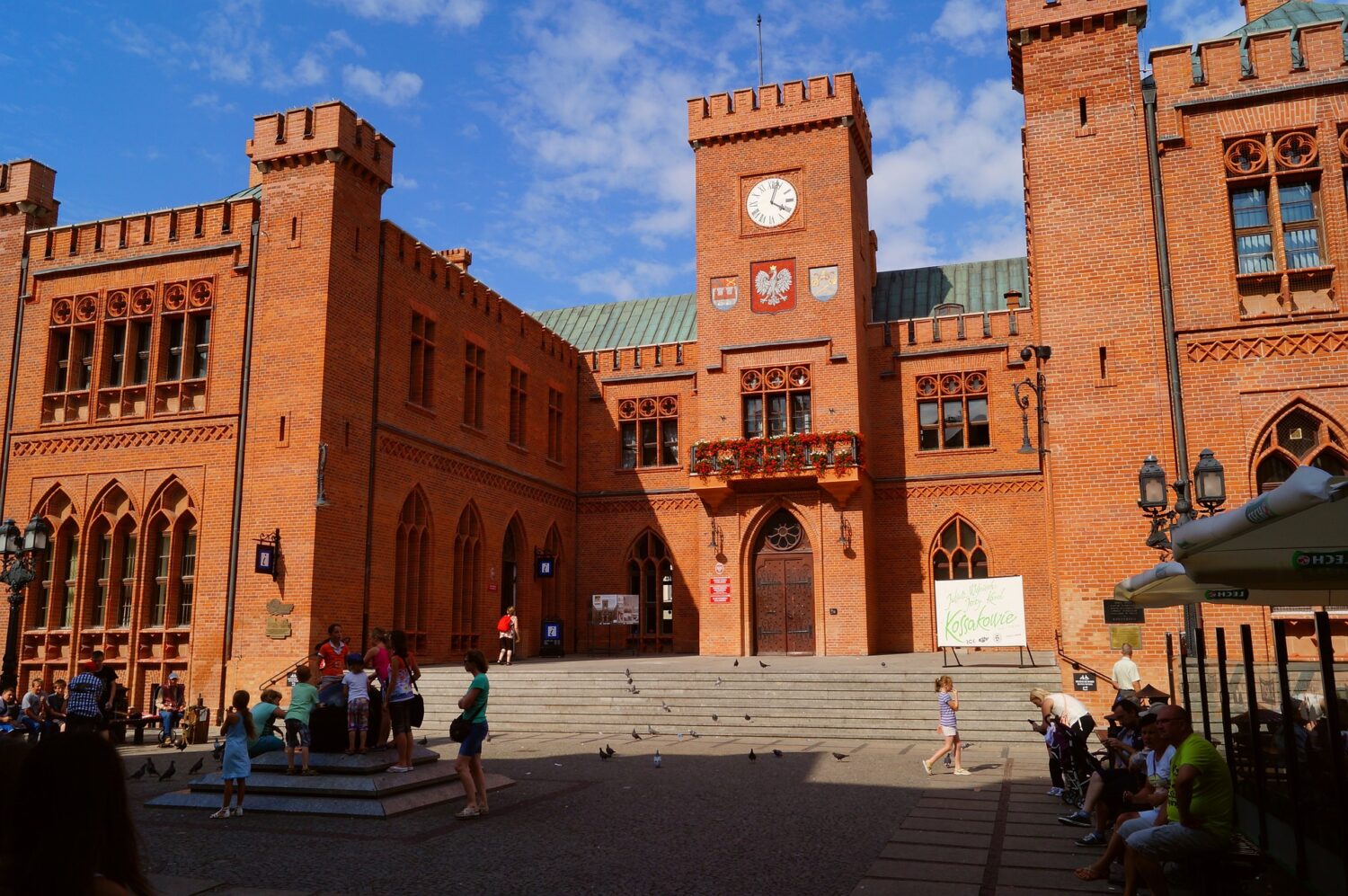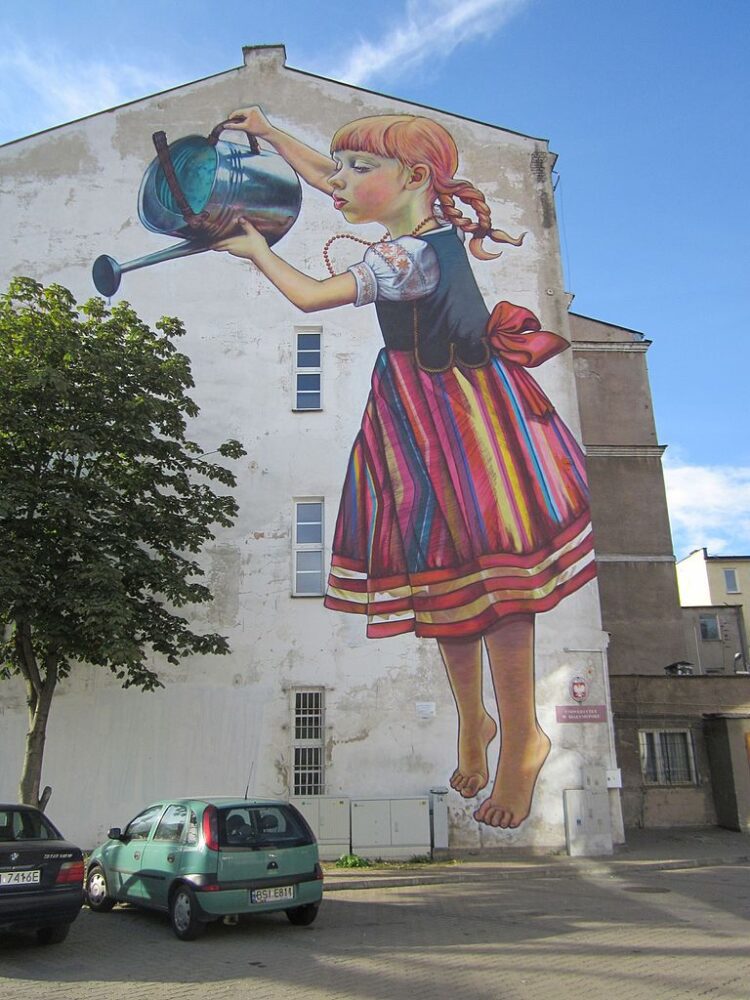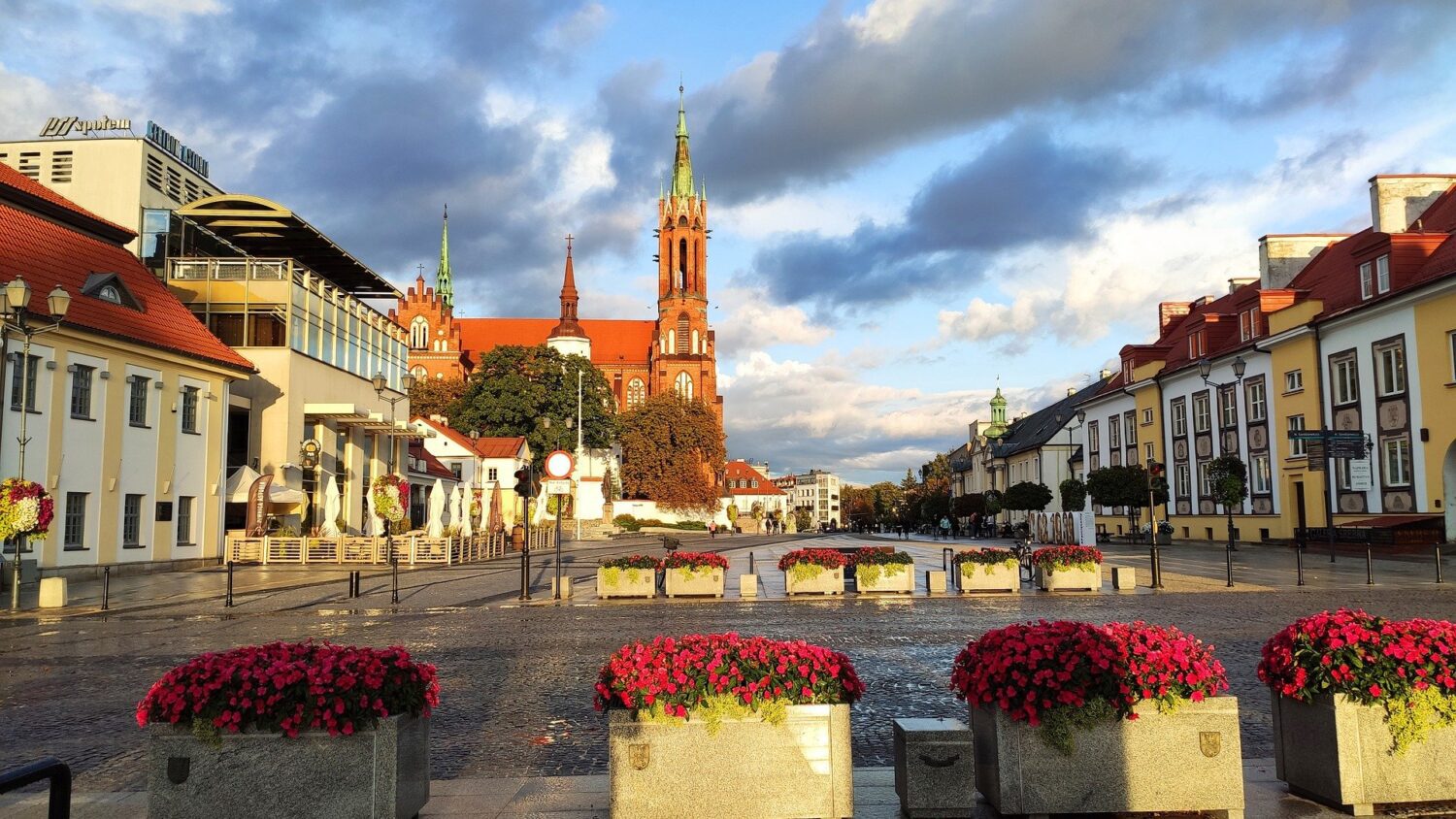Top 10 Things To Do in Kołobrzeg
What to see, what to do
Things To Do in Kołobrzeg – Updated 16 January 2023.
Discover Kołobrzeg
There’s a lot to see and do in the city. Here’s our list of the Top 10 things to do in Kołobrzeg. Click on the links for further information or to book a tour & buy tickets.
1. The Lighthouse
The most notable landmark in Kołobrzeg is the lighthouse at the entrance to the harbour, which you can climb for panoramic views. The base of the lighthouse houses a mineral rock museum.

2. The Kołobrzeg Pier
The Kołobrzeg Pier is the second largest pier in the region at 220m in length and 9m in width. A jetty positioned on the end of the pier enables small ships to sail for sightseeing excursions.
3. Museum of Polish Weapons
For enthusiasts of militaria, the Museum of Polish Weapons is a must. Exhibits include collections of swords, armour, halberds and more modern military technology from the early Middle Ages to present day. There is also a huge display of cannonballs and a panoramic display of the destruction of the city in 1945.
4. Bolesław
Just 4km from Kołobrzeg is a tree named Bolesław, which is over 800 years old.. It’s the oldest oak tree in Poland.
5. Cathedral
The historically important cathedral in Kołobrzeg dates from the 14th century and was rebuilt after being badly damaged in 1945. One of the most impressive elements of the structure are its very tall and narrow stained glass windows. The cathedral was built in the Gothic style with five naves and two colossal conjoined towers, which occupy the entire width of the building. In the central nave, you’re find a unique Gothic wooden chandelier dating from 1523. Other objects in the cathedral are even older such as the bronze baptismal font dating from 1355. You’ll find the building at ul Katedralna.
6. History Museum
You’ll find the History Museum housed in Braunschweig Palace, the sister institution to the Polish Arms Museum. Exhibits include metrology (weights and scales) and old postcards of the city.
7. Amber Museum
There’s no comparison with the Amber Museum in Gdańsk; however there’s still a good selection of, ‘the gold of the north’ on display. If the weather isn’t good, its an interesting indoor distraction to kill an hour or two!
8. Amphitheatre
Created after World War I and renovated a few times since then, Kołobrzeg’s large amphitheatre hosts around 35 concerts each year including the Sunrise electronic music festival.

9. Town Hall
You’ll find the Town Hall just east of the Cathedral. During the summer, the area in front of the main entrance is very popular, there’s plenty of beer gardens. The Town Hall itself is a neo-Gothic structure and one wing of the building houses a modern art gallery.
10. Lontowa Tower
Also known as the, Powder Tower or Fuse Tower, the 15th century Lontowa Tower is part of the original city walls.
FAQ
Q: What is the best time of year to visit Kołobrzeg?
A: The best time to visit Kołobrzeg is during the summer months, from June to August, when the weather is warm and sunny, and the beaches and outdoor activities are in full swing.
Q: Is Kołobrzeg a good place for families?
A: Yes, Kołobrzeg is a great place for families. The city has a variety of activities and attractions that will appeal to children and adults alike, such as the beach, parks, museums, and boat trips.
Q: Is there public transportation in Kołobrzeg?
A: Yes, there is a good public transportation system in Kołobrzeg. The city has buses and trams that connect the different parts of the city. Taxis are also readily available.
Q: What is the main language spoken in Kołobrzeg?
A: The main language spoken in Kołobrzeg is Polish, but many locals speak at least some English, especially in the tourist industry.
Q: What is the currency used in Kołobrzeg?
A: The currency used in Kołobrzeg is the Polish złoty (PLN). Credit cards are widely accepted in most shops and restaurants, but it’s always good to have cash on hand, as smaller establishments might not accept cards.
Q: Are there any vegetarian or vegan options in the restaurants in Kołobrzeg?
A: Yes, there are vegetarian and vegan options available in many of the restaurants in Kołobrzeg. Some restaurants offer a dedicated vegetarian menu, while others may have a few options on their regular menu.

